Travel
The latest Travel breaking news, comment, reviews and features from the experts at T3
-
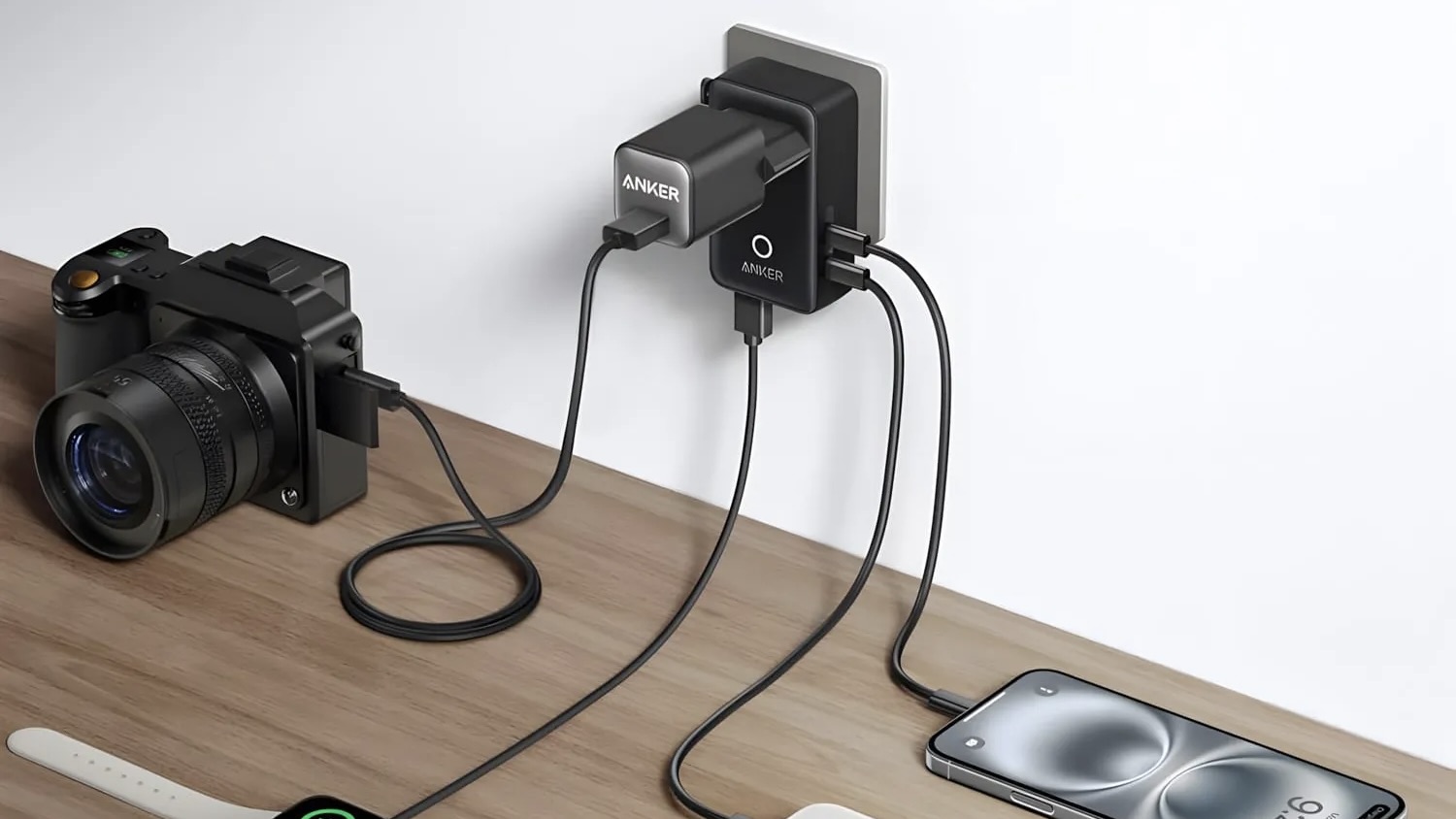
Anker's new 5-in-1 travel adapter is now available in more countries – phew!
It works in over 200 countries
By Lizzie Wilmot Published
-
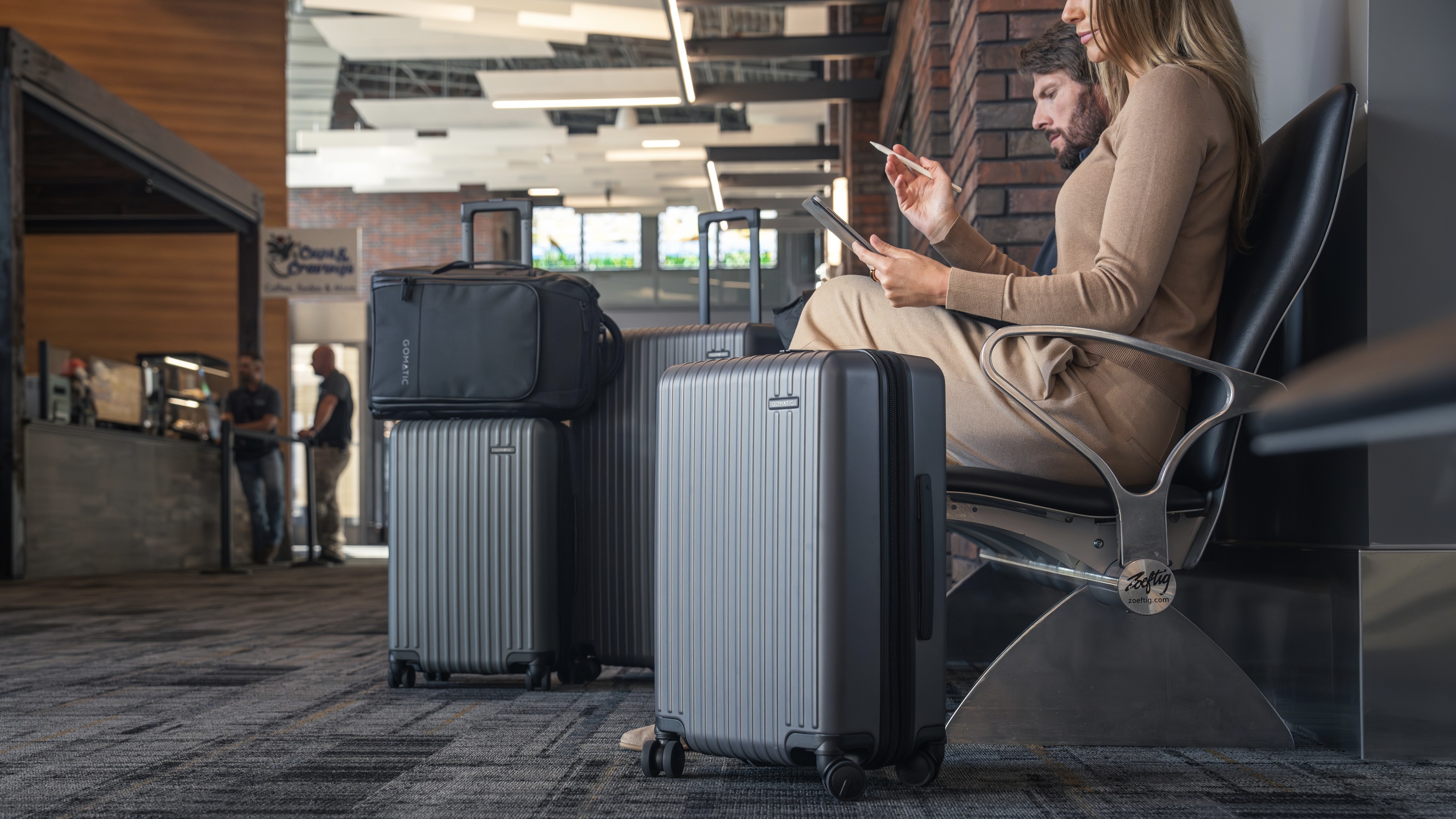
Gomatic's new luggage collection has some of the most stylish suitcases I've ever seen
Say hello to the Method Luggage line
By Lizzie Wilmot Published
-
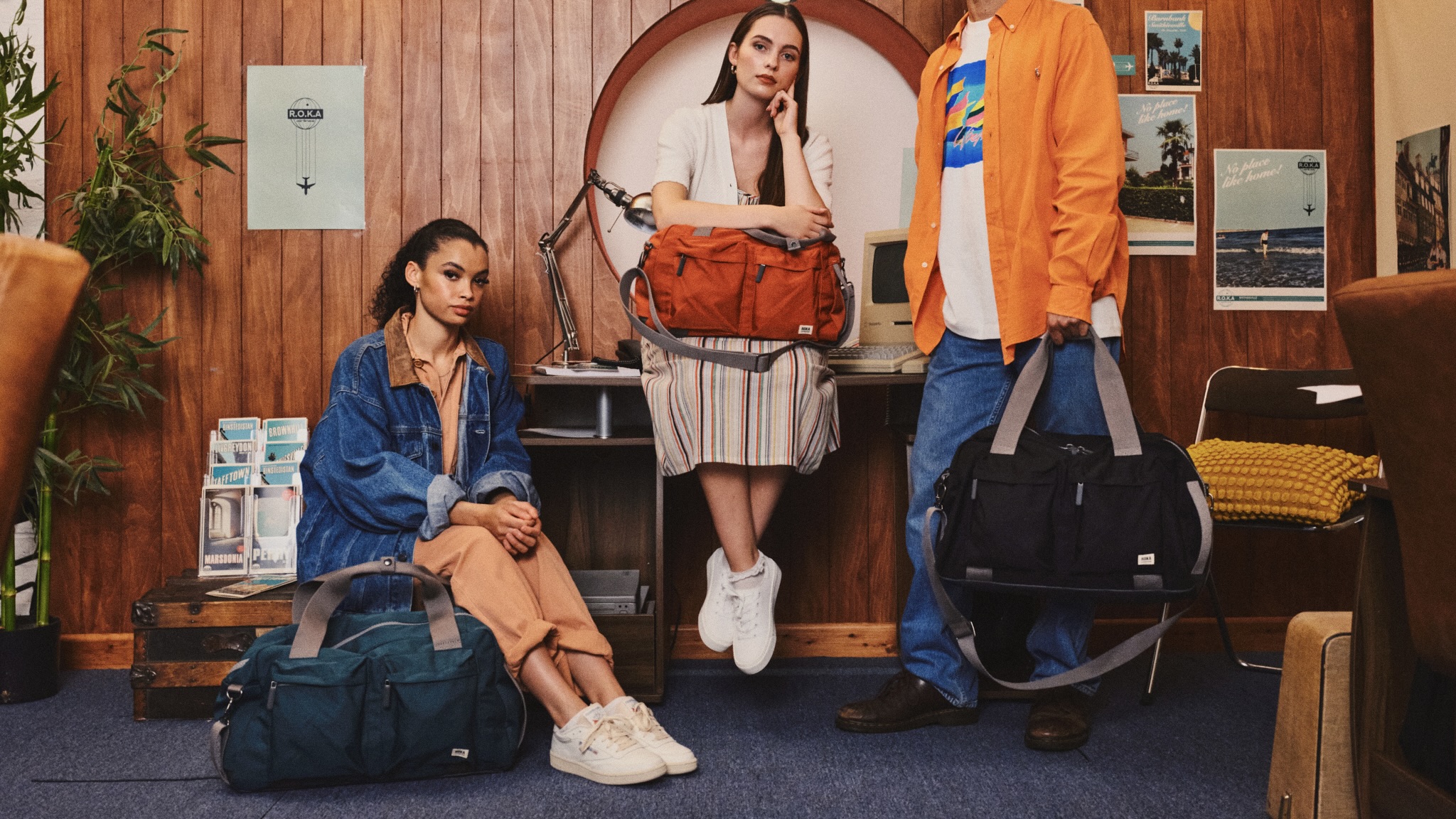
Say goodbye to baggage fees – Roka's new collection is the travel hack of the summer
Introducing the Gatwick collection...
By Lizzie Wilmot Published
-
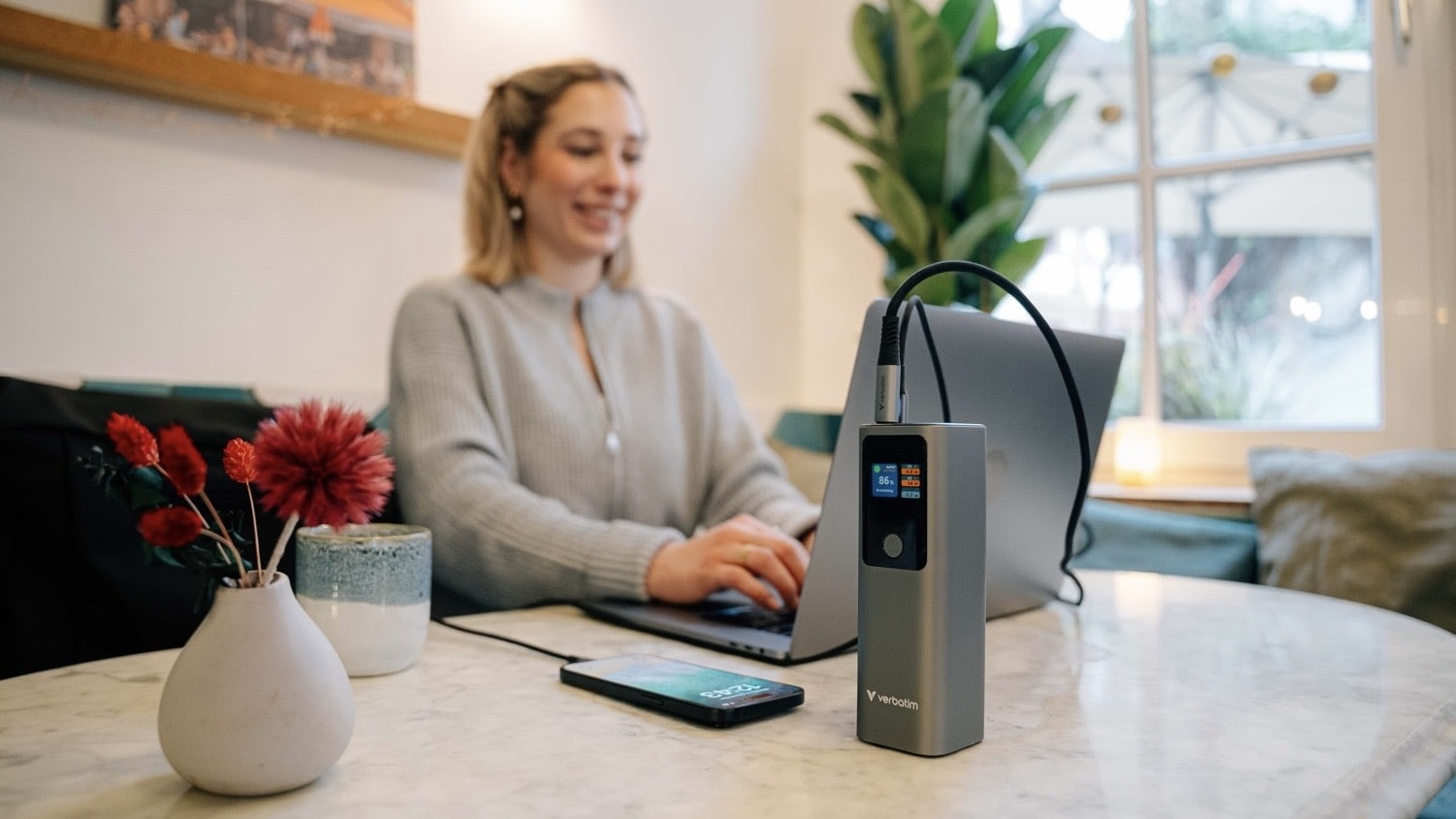
Watch out Anker – this new power bank will fully recharge your phone 8 times
Verbatim is throwing its hat in the ring
By Lizzie Wilmot Published
-
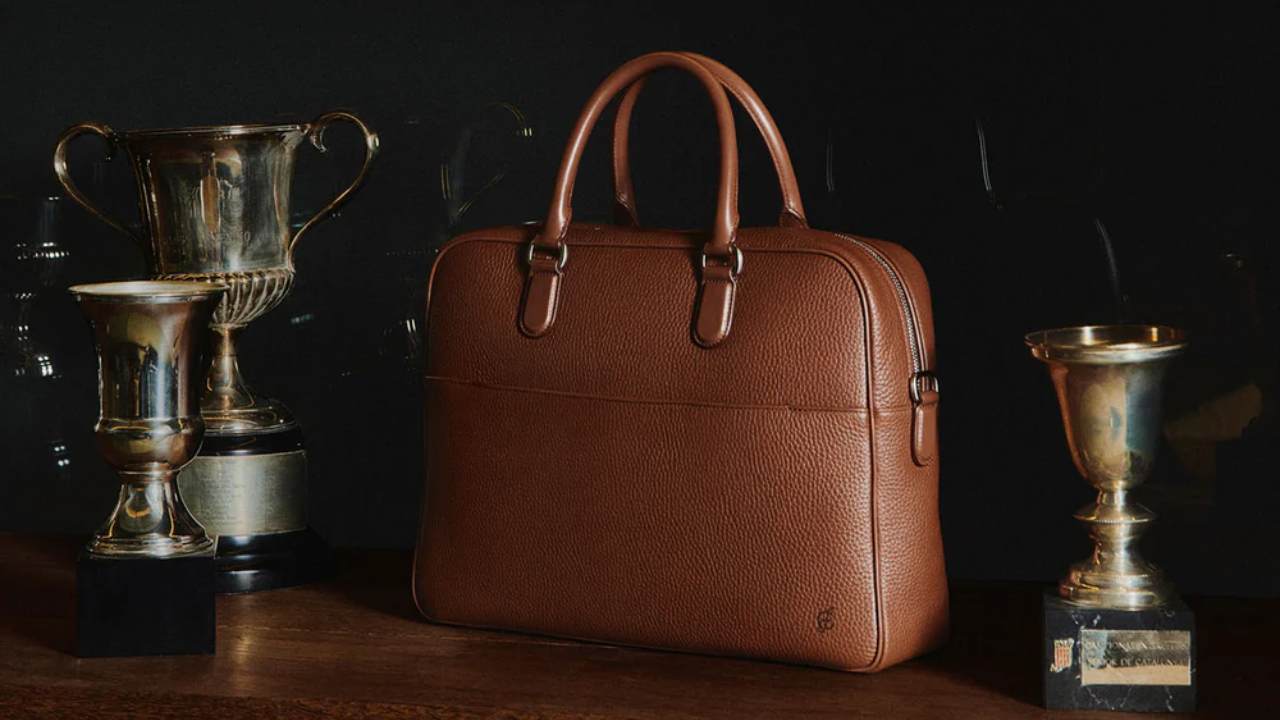
Carl Friedrik’s Sonder bags could be its most portable collection yet – if that’s even possible!
Carl Friedrik launches athleisure-inspired bags with classy leather accents
By Bethan Girdler-Maslen Published
-
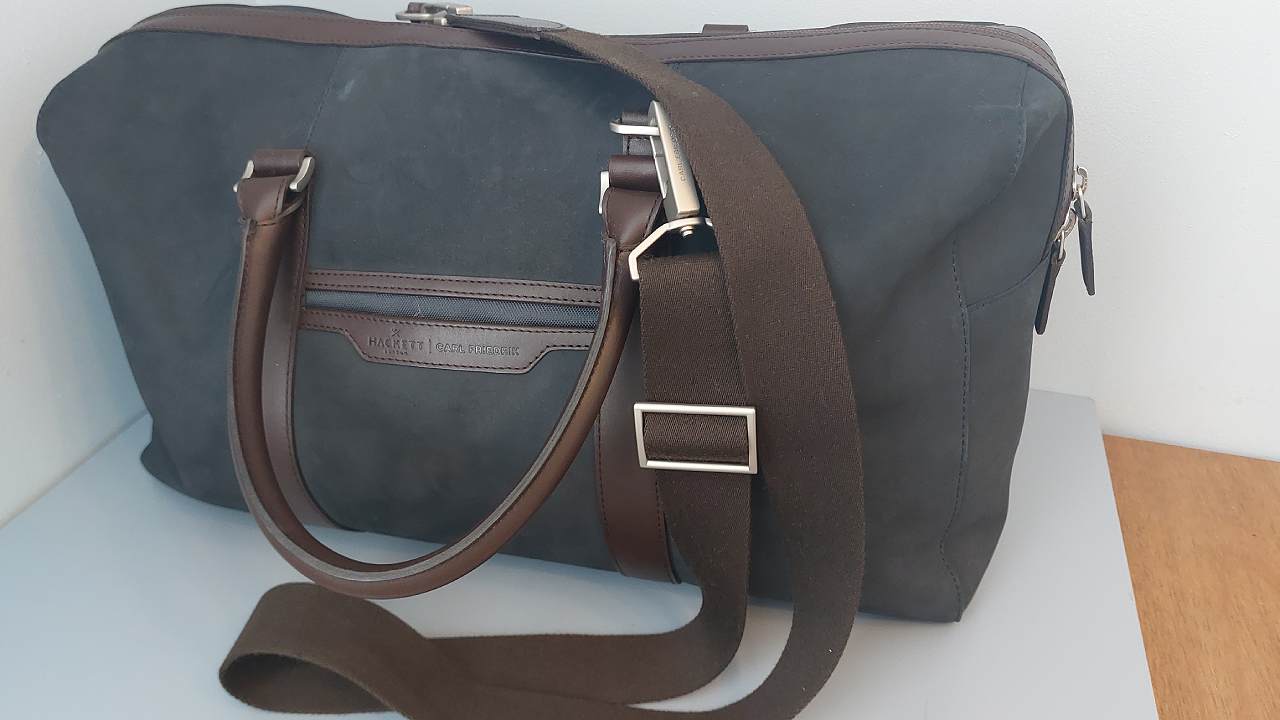
Carl Friedrik x Hackett London Compact Weekender review: a business trip essential
Carl Friedrik’s latest bag collaboration is stylish but smaller than you’d expect
By Bethan Girdler-Maslen Published
-
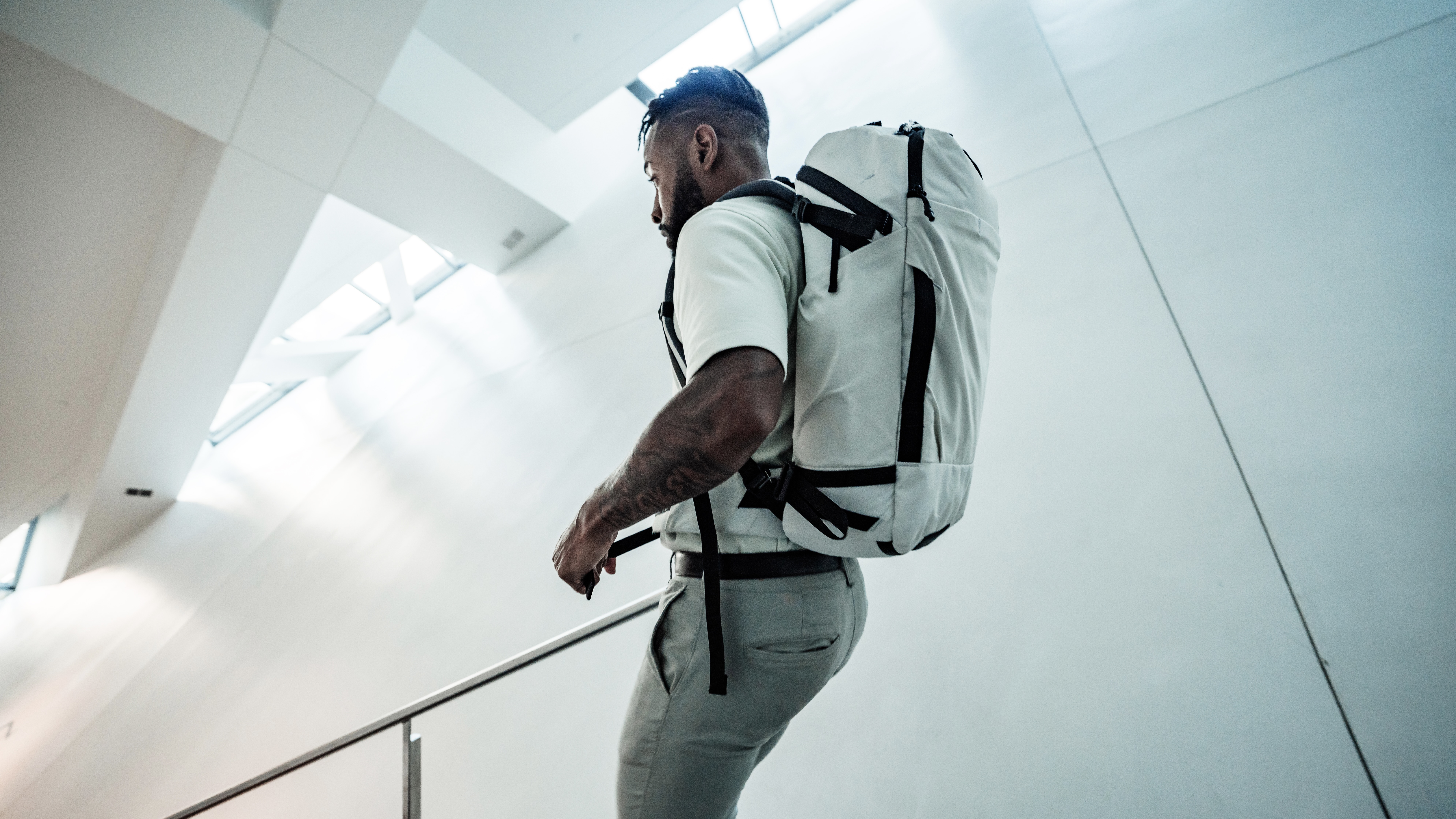
Matador launches smaller version of best-selling travel pack – and it's perfect for weekend getaways
Prepare for every trip to be effortlessly smooth
By Lizzie Wilmot Published
-
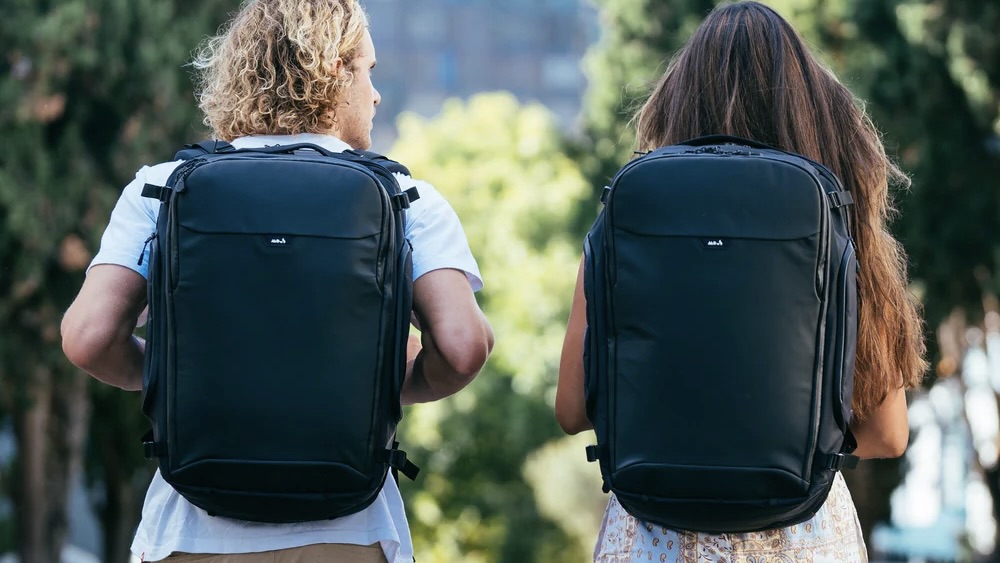
Always on the move? This smart backpack makes travelling light a complete breeze
Say hello to the Mous Optimal Travel Backpack...
By Lizzie Wilmot Published
-
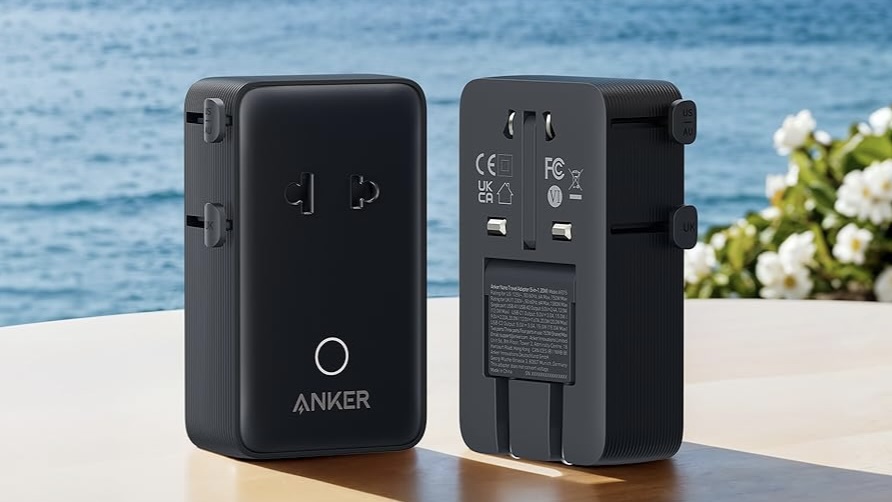
Anker's new 5-in-1 travel adapter is smaller than ever – and it works in over 200 countries
It weighs only 107g
By Lizzie Wilmot Published
-
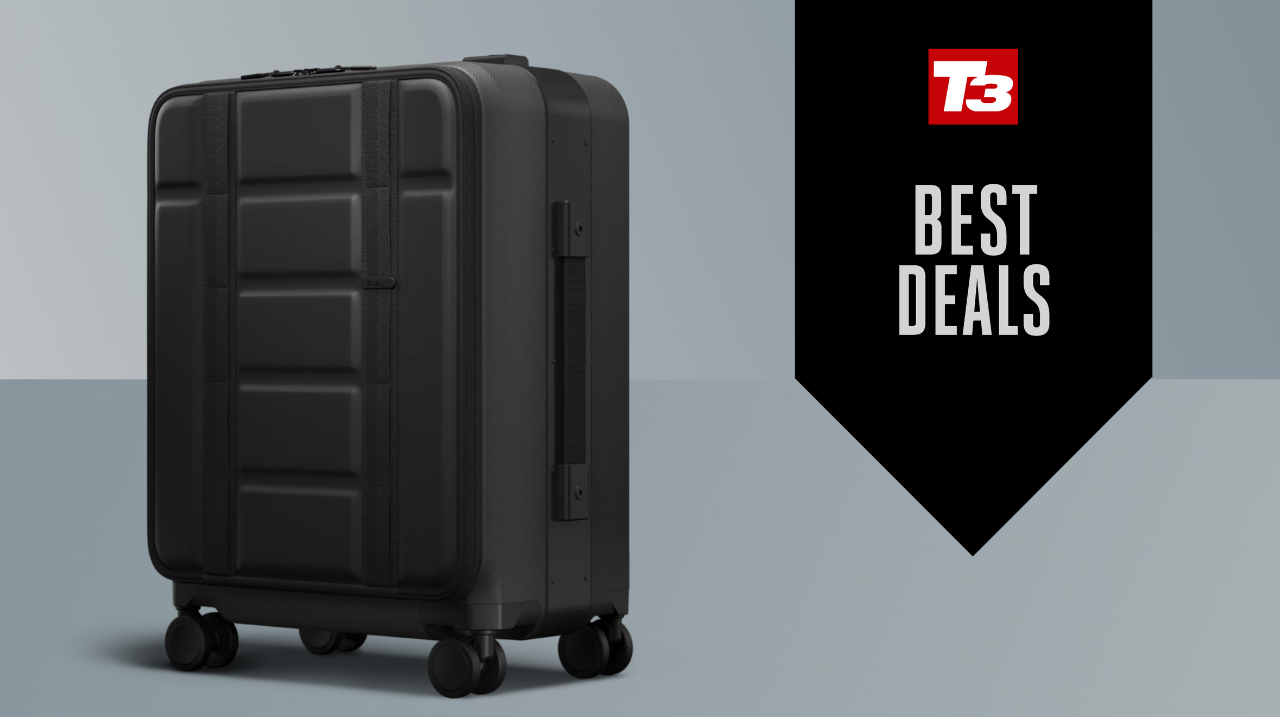
T3's favourite carry-on suitcase is currently 20% off – but you'll have to be quick!
Planning your summer getaway? Snap up this exclusive deal at the same time
By Lizzie Wilmot Published
-

Netflix and chilli – streaming service opens its first themed restaurant
Wonder if they serve crispy Squid Games?
By Britta O'Boyle Published
-

You could be watching 4K HDR movies on future flights
And you’ll be able to listen to them on your personal Bluetooth headphones
By John McCann Published
-
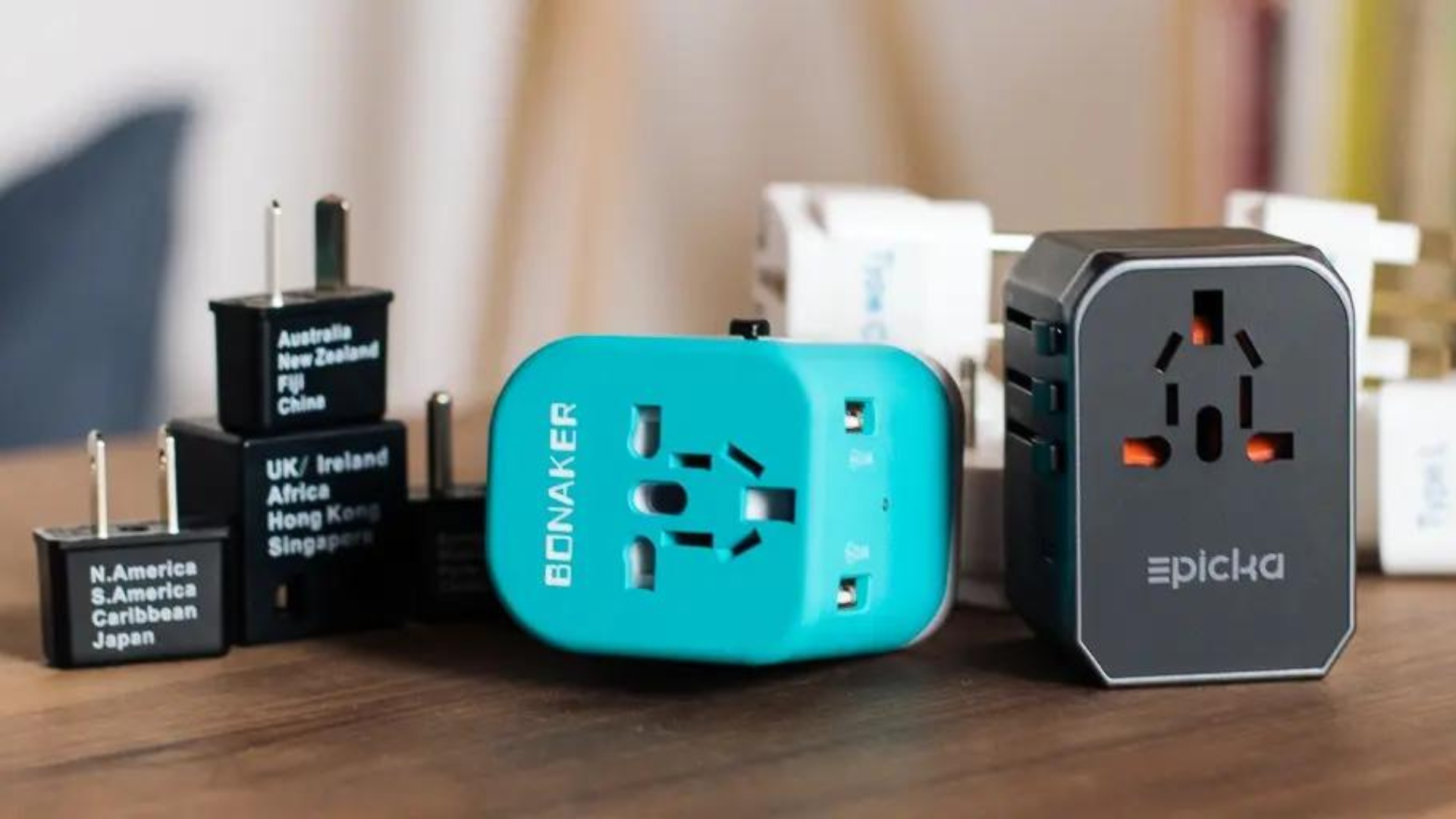
Best travel adapter 2025: power up abroad
Forget spending a small fortune on a single adapter at the airport; these universal travel adapters are the way to go
By Lizzie Wilmot Last updated
-
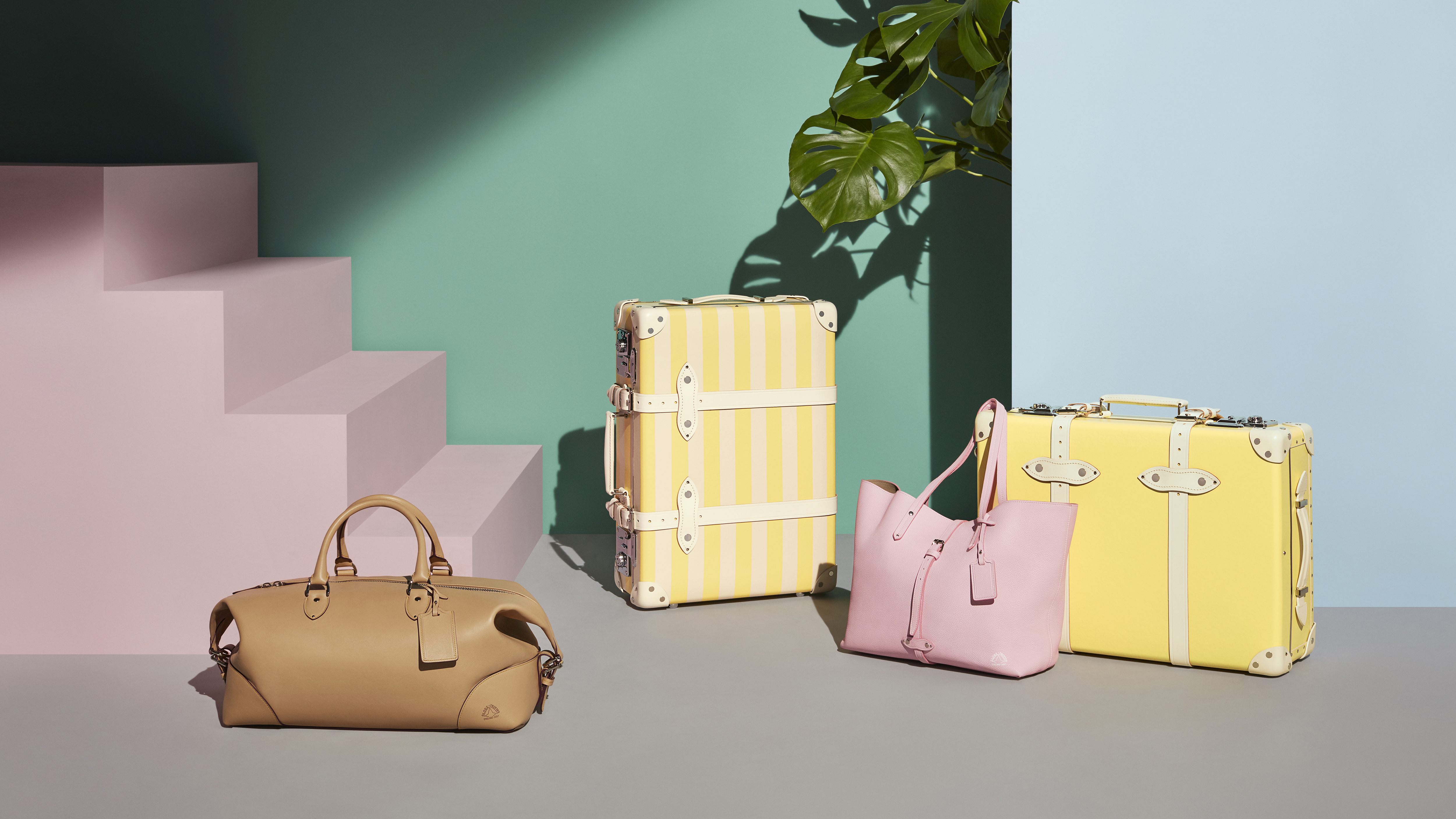
Best suitcase 2025: quality luggage, bags and rolling models for your next trip
Pack everything, including the kitchen sink, with the best suitcase, luggage and trunks
By Bethan Girdler-Maslen Last updated
-
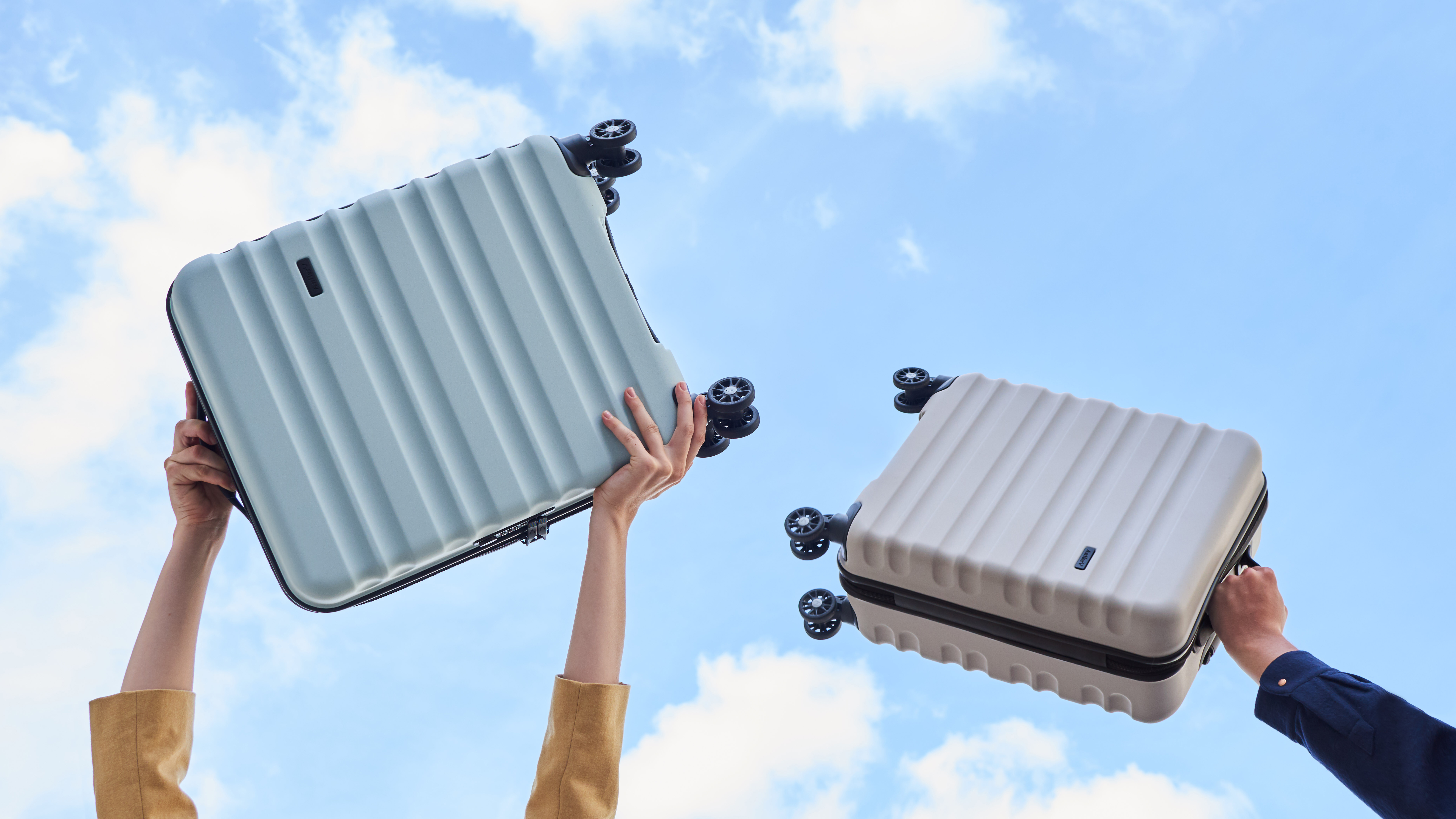
Best carry-on luggage 2025: premium cabin luggage and cheap lightweight cases
The best carry-on luggage will help you breeze through the airport and make your journey quick and easy
By Lizzie Wilmot Last updated
-

The ultimate Christmas gadget gifts for travellers – if you can track them down
Pack smart, pack well, pack wisely
By T3.com Last updated
-
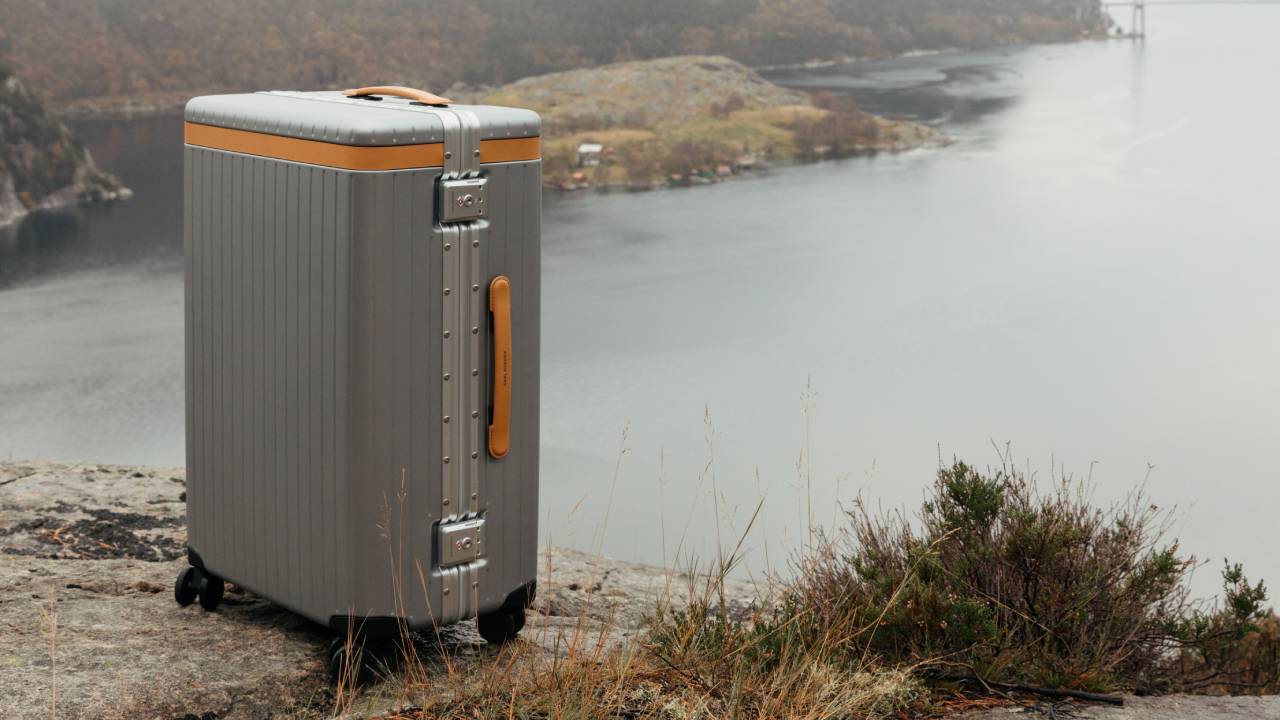
Carl Friedrik releases Arctic Grey colourway – and it’s made its 5-star suitcase even better
Carl Friedrik gives its hybrid suitcases a stunning new upgrade
By Bethan Girdler-Maslen Published
-
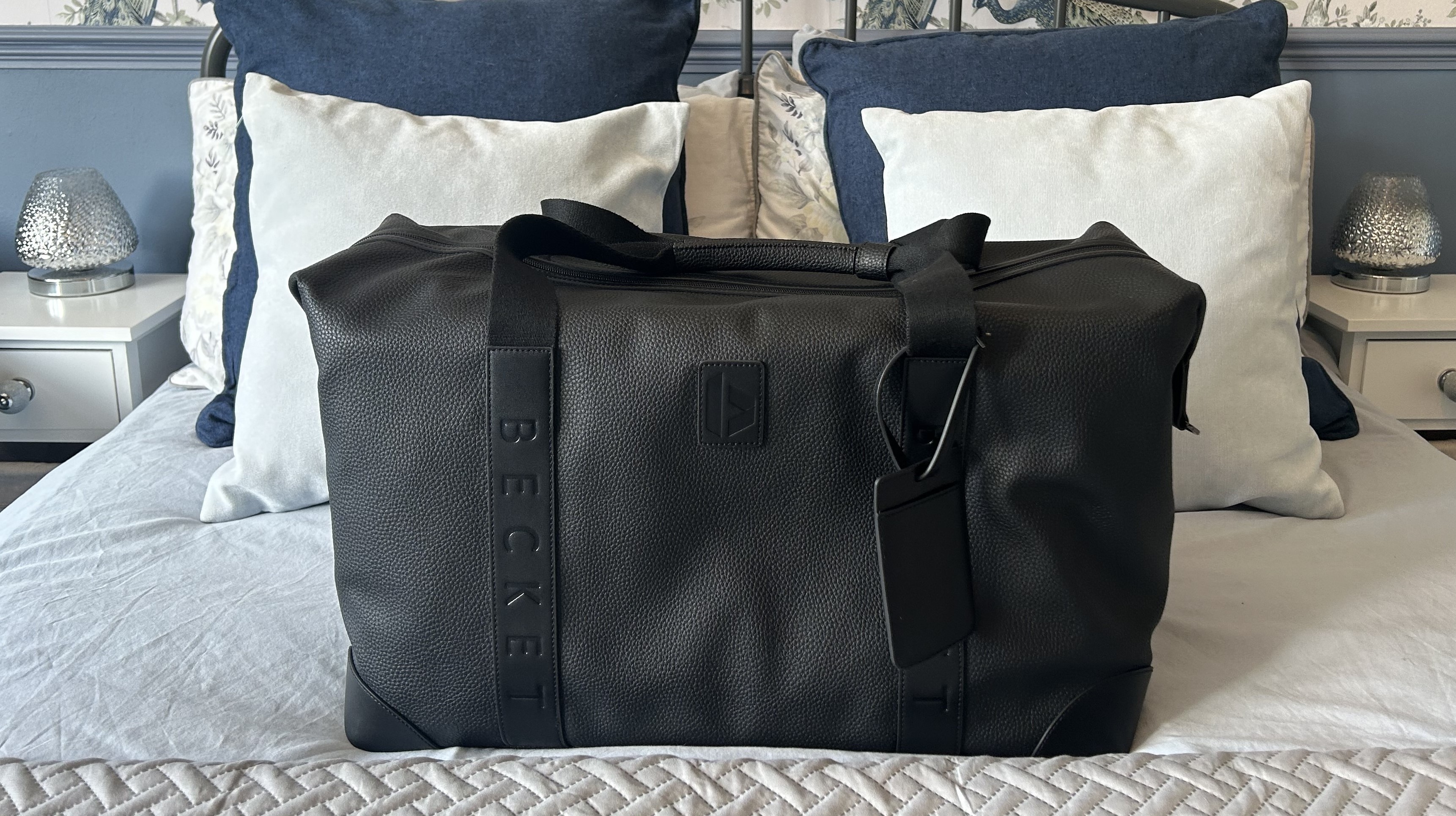
Becket The Fraser Holdall review: a luxury holdall worth every penny of its premium price tag
With five water-resistant compartments, this travel bag will transform the way you carry belongings for work and play
By Joanna Ebsworth Published
-

9 things you should never forget to clean before and during travel
Off on holiday or a work trip? Then make sure you clean these items before and while you travel
By Bethan Girdler-Maslen Published
-
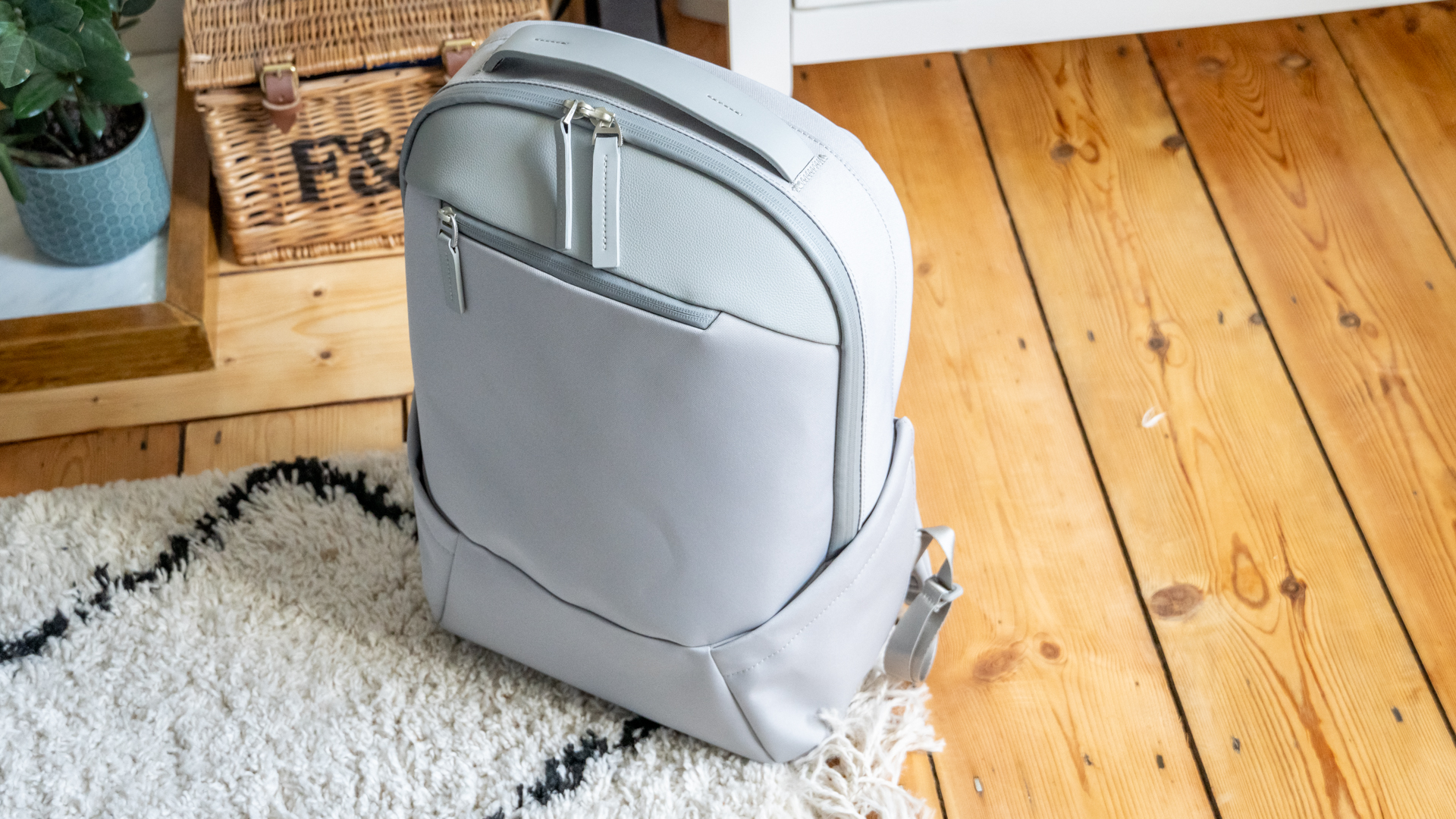
Troubadour Apex Compact Backpack 3.0 review: I’ve found my new favourite bag
I've found my perfect backpack
By Alistair Charlton Published
-
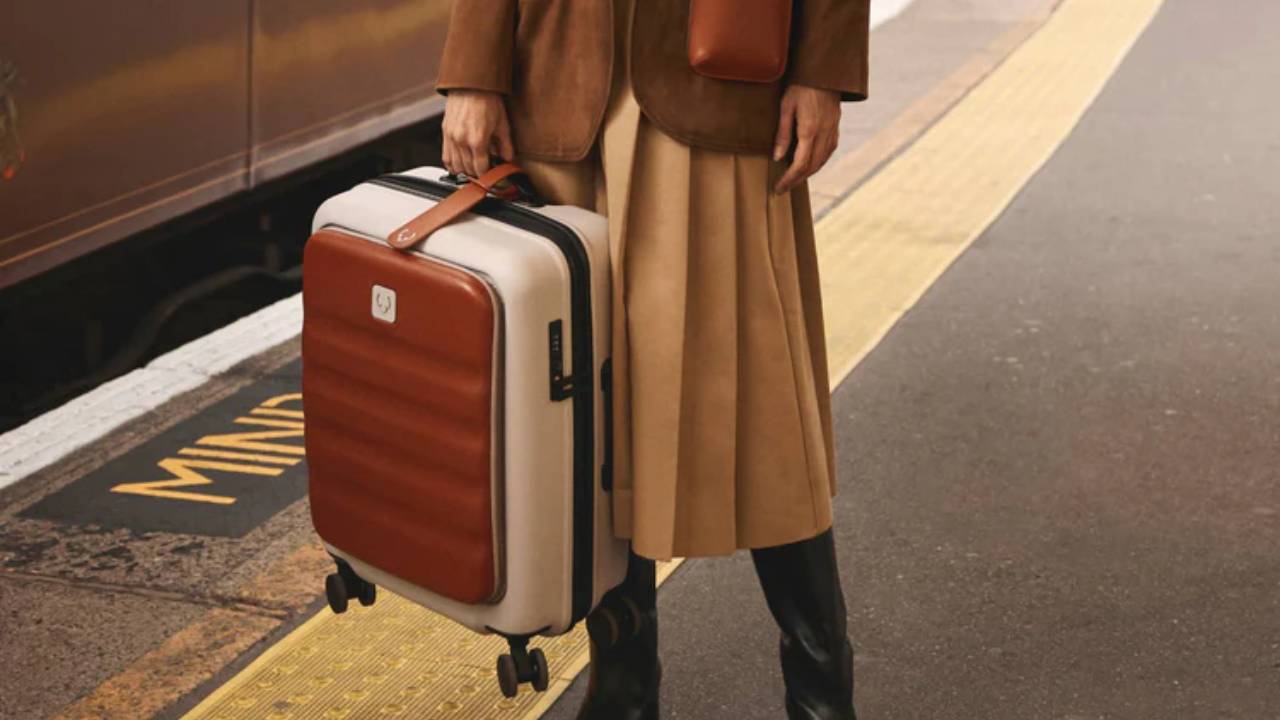
Antler gives its Icon Stripe suitcase a stylish upgrade – but you might not get one
Antler celebrates 110 years with new leather travel goods collection
By Bethan Girdler-Maslen Published
-

5 items you should never put on your bed, according to new survey
From phones to books, these are five things you should never put on your bed
By Bethan Girdler-Maslen Published
-
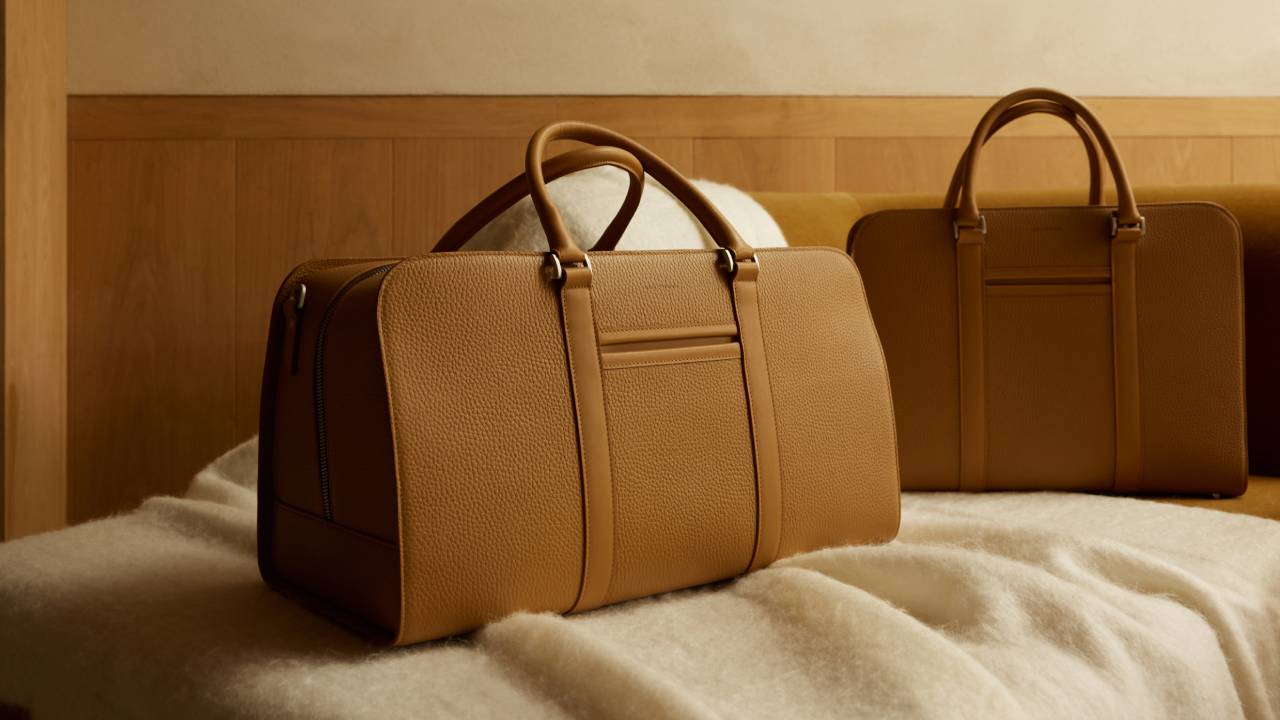
Carl Friedrik’s new Heritage bags are its most stylish and luxurious yet
Carl Friedrik upgrades its Heritage collection with grained leather materials
By Bethan Girdler-Maslen Published
-
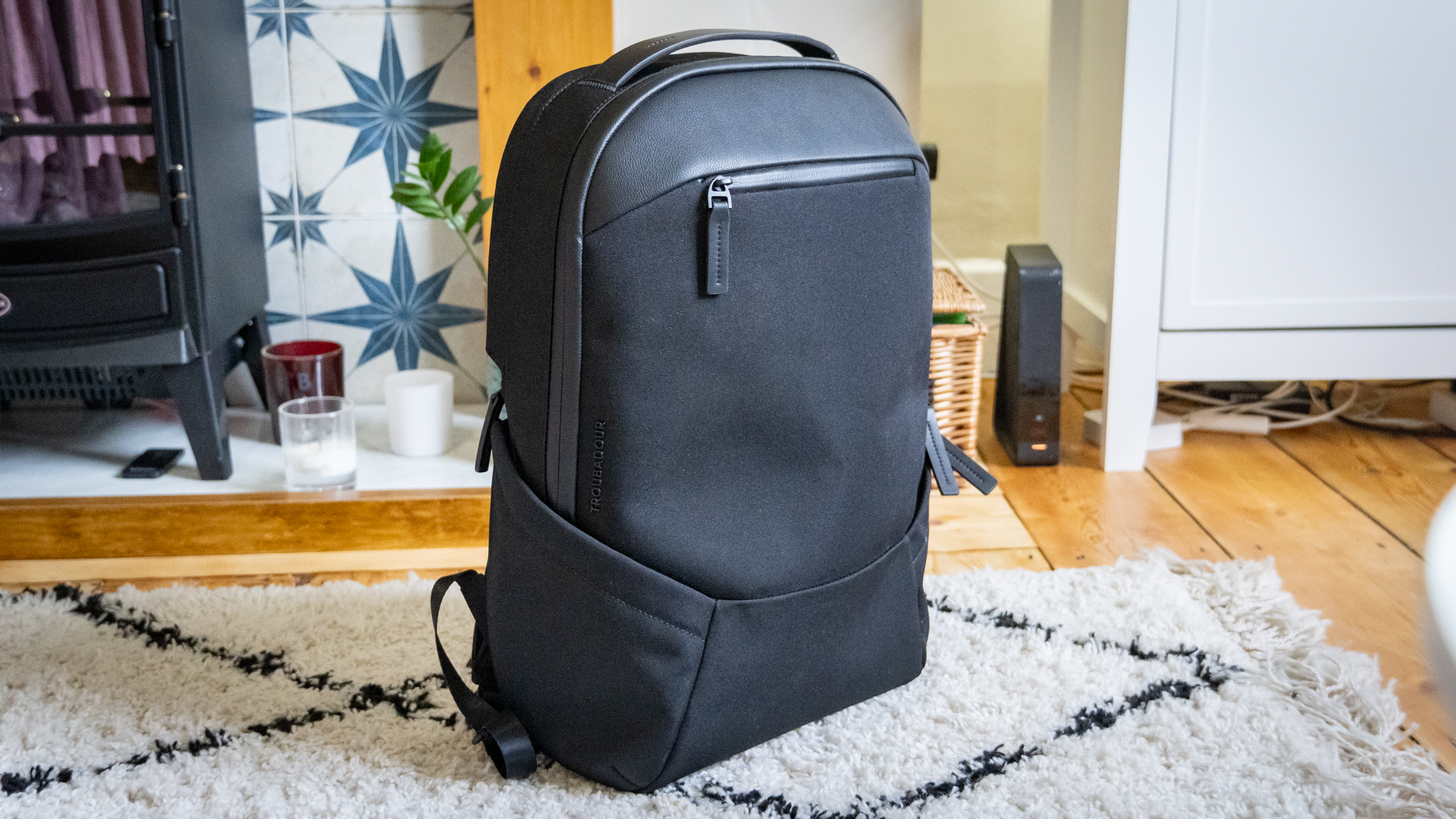
Troubadour Apex Backpack 3.0 review: this everyday bag is pricey but almost perfect
This Troubadour Apex Backpack means business, but is it worth the money?
By Alistair Charlton Published
-

Gardening expert gives 5 tips on how to look after your plants while on holiday
5 tips on ensuring your plants get watered while you’re travelling, according to gardening experts
By Bethan Girdler-Maslen Published
-
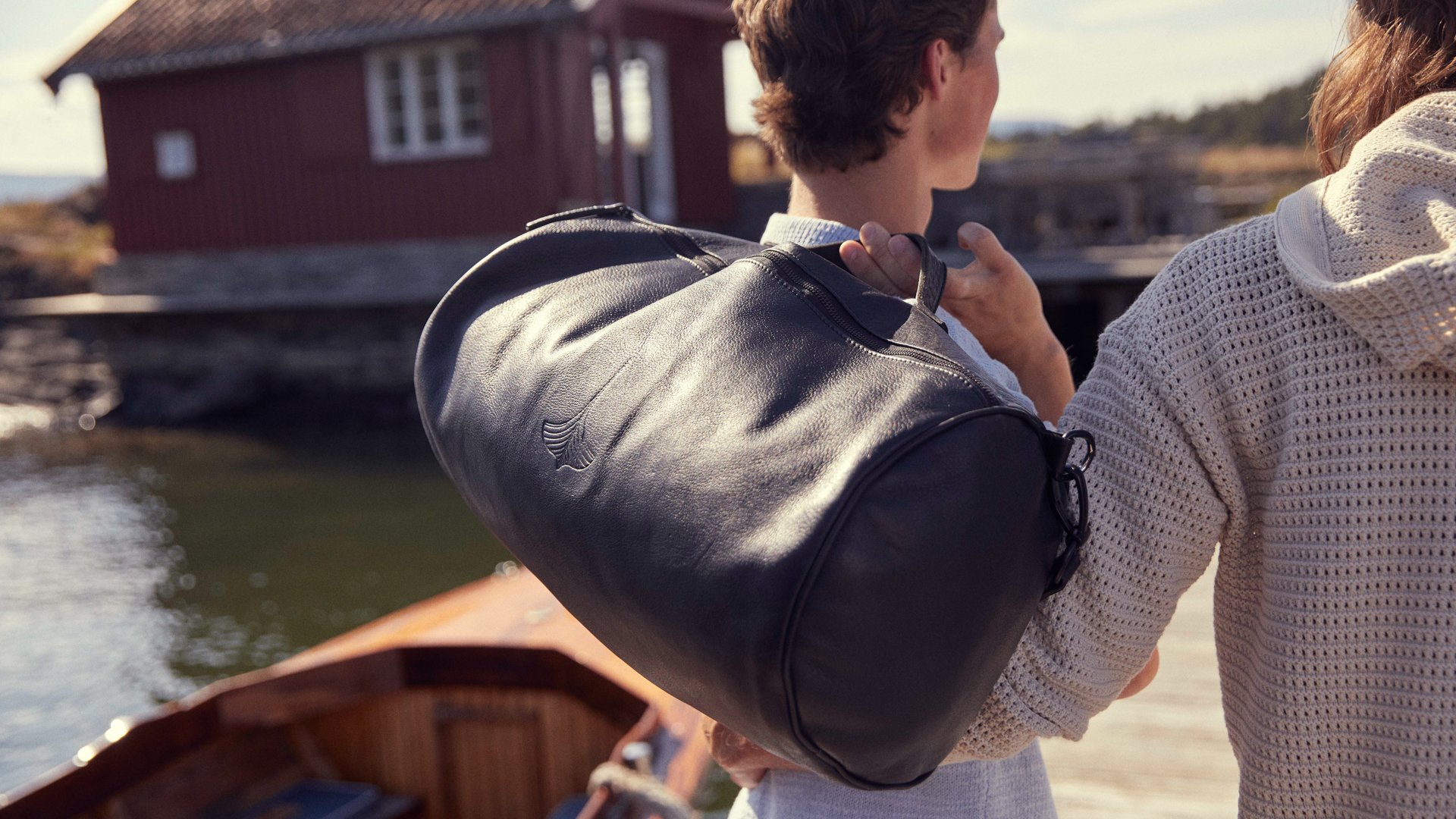
This might just be the ultimate travel bedding set – but it isn’t cheap
Your camping trips will never be the same again
By Alistair Charlton Published
-
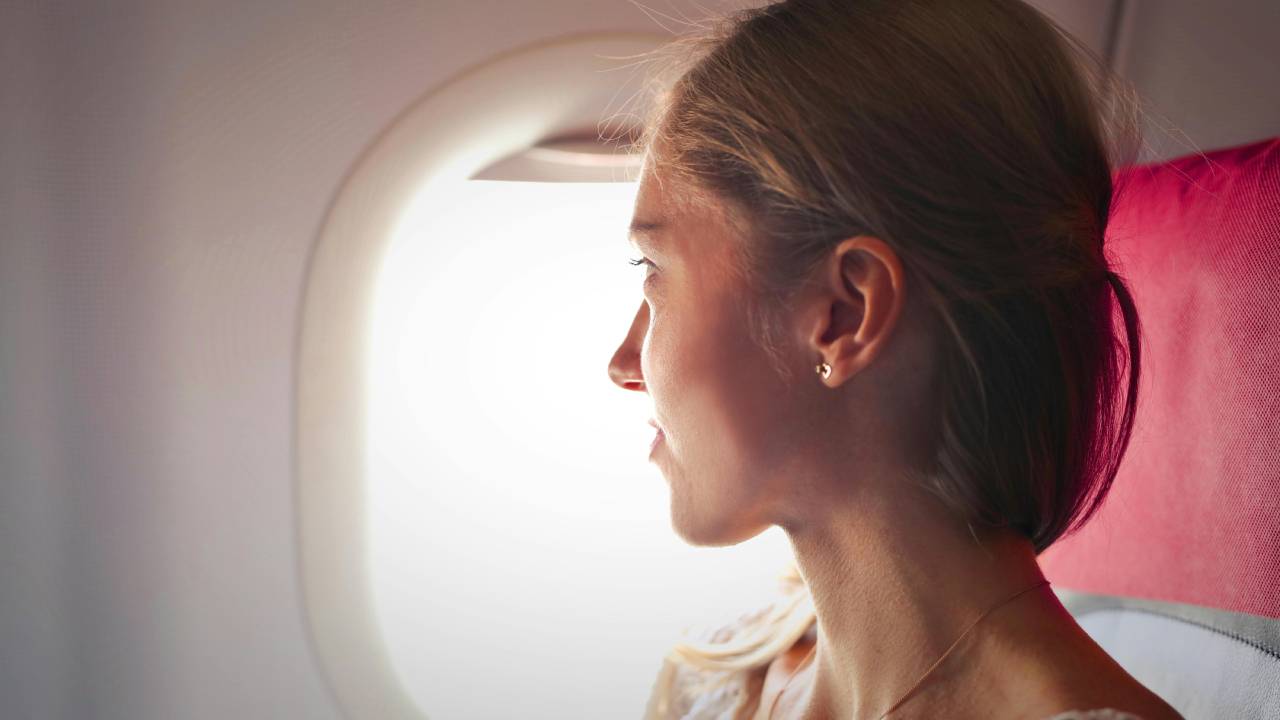
Flight attendant reveals 7 tips for combatting jet lag
Travelling this summer? Avoid jet lag with these flight attendant-recommended tips
By Bethan Girdler-Maslen Published
-
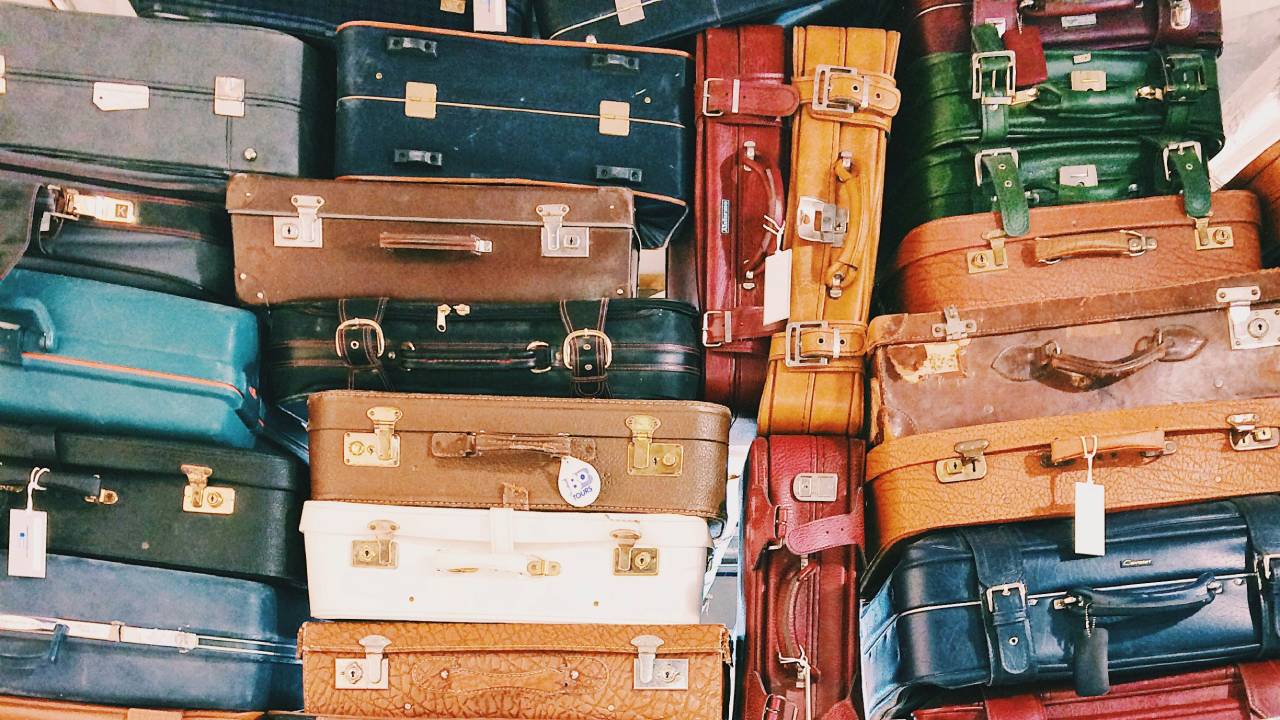
Doctor warns travellers to not unpack their suitcases immediately after getting home – here’s why
Why you shouldn't unpack your suitcase straight away after you get back from holiday
By Bethan Girdler-Maslen Published
-
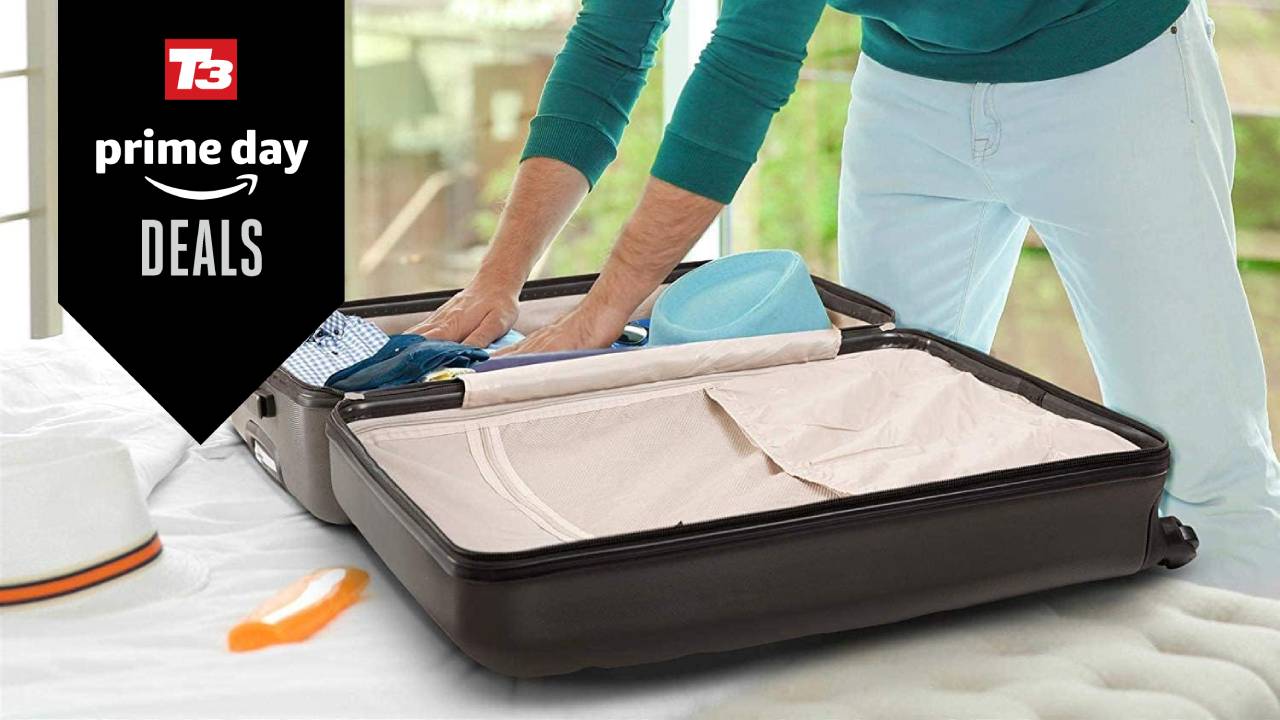
I’m a travel expert and these 5 Prime Day suitcase deals are worth your money
Get up to 56% off Samsonite, Antler and American Tourister suitcases in the Prime Day sale
By Bethan Girdler-Maslen Published
